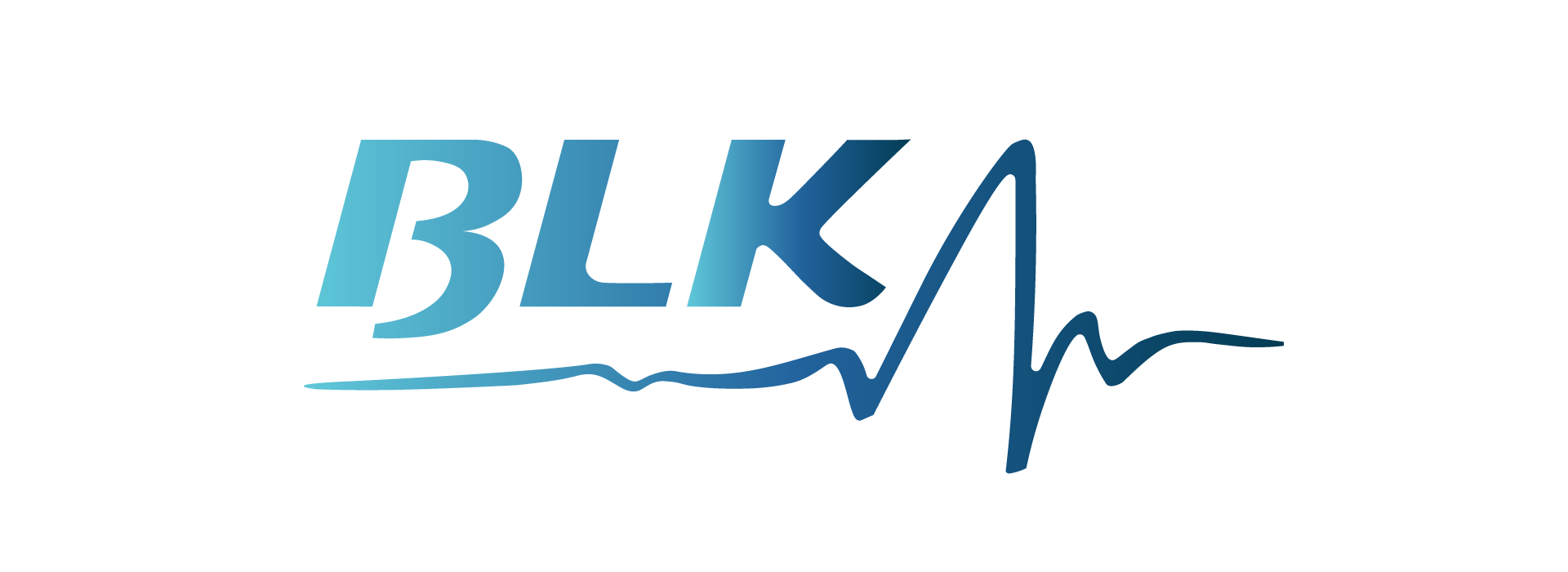Medical costs are climbing worldwide, and international insurers are at the frontline, bearing the brunt of excessive hospital charges, billing discrepancies, and fraud.
Relying solely on traditional network discounts is no longer enough. To thrive, international insurers must adopt deeper, smarter cost-containment strategies like clinical case audits, fraud detection systems, bundled pricing models, and expert-led hospital negotiations. Let’s delve into each of these vital strategies.
Case Audits: The First Line of Defense
What Are Case Audits?
Case audits involve the systematic review of medical bills and treatment plans to ensure that they are accurate, medically necessary, and within standard pricing limits.
Benefits:
- Identifies billing errors and upcoding
- Detects unnecessary or prolonged hospital stays
- Ensures evidence-based treatment
Example:
An audit revealed a case where a patient was billed for two MRIs on the same day—one with contrast and one without. Clinical guidelines advised a single MRI with contrast was sufficient. The second scan was disallowed, saving the insurer over $2,000.
Best Practice:
Utilize medical professionals to conduct these audits, especially in complex surgeries and ICU admissions.
Fraud Detection: Combating Intentional Abuse
What Constitutes Medical Fraud?
Medical fraud includes intentional overbilling, phantom billing (for services never rendered), and misrepresenting diagnoses to inflate charges.
Technology-Driven Solutions:
- AI and Machine Learning Algorithms: These tools analyze billing patterns and flag anomalies.
- Data Integration: Merging historical claim data with treatment guidelines to spot inconsistencies.
Real-World Case:
An insurer noticed repetitive billing from a clinic for physiotherapy sessions on public holidays. Further investigation revealed no sessions occurred, saving thousands in fraudulent payments.
Strategy:
Collaborate with third-party fraud detection vendors for enhanced surveillance and actionable insights.
Bundled Pricing Models: Predictability and Efficiency
Understanding Bundled Pricing
Instead of itemized billing, bundled pricing consolidates all services for a particular procedure or treatment episode into a single cost.
Advantages for Insurers:
- Predictable costs
- Elimination of surprise charges
- Encourages provider efficiency
Case Example:
A hip replacement surgery bundled with pre-op, surgery, post-op care, and rehab cost $15,000 under a bundled contract. Previously, these services billed separately amounted to $22,000.
Implementation Tip:
Engage with reputable medical networks or centers of excellence offering bundled pricing.
Hospital Negotiations: Expert-led, Real-Time Intervention
Why It Matters
Hospitals often inflate charges for international patients. Having cost-reduction experts negotiate bills in real-time or post-treatment can significantly slash costs.
Key Techniques:
- Benchmarking against regional or global price norms
- Leveraging patient volumes for group discounts
- Identifying alternatives to costly inpatient care
Negotiation Example:
For an emergency C-section in Thailand, the initial hospital bill was $18,000. A cost expert reduced it to $10,500 by benchmarking against average rates and eliminating non-essential fees.
Who Should Negotiate?
Specialized negotiators familiar with regional pricing, medical jargon, and hospital systems.
Integrated Strategy: Using All Tools in Harmony
A robust cost-containment plan integrates all four tools:
| Strategy | Purpose | Outcome |
| Case Audits | Validate medical necessity | Reject unwarranted claims |
| Fraud Detection | Identify and prevent abuse | Eliminate false billing |
| Bundled Pricing | Simplify billing | Cost predictability and savings |
| Hospital Negotiation | Reduce inflated charges | Real-time and post-service savings |
Each strategy supports and amplifies the effectiveness of the others, creating a multilayered defense against cost inflation.
Challenges and Solutions
Challenge 1: Global Hospital Transparency
Hospitals abroad often lack clear billing guidelines.
Solution:
Create global pricing benchmarks and collaborate with international auditing networks.
Challenge 2: Provider Pushback
Hospitals may resist audits and negotiations.
Solution:
Build long-term relationships and show value through prompt payments and volume referrals.
Challenge 3: Regulatory Barriers
Different countries have unique healthcare regulations.
Solution:
Work with local legal consultants and compliance teams for every jurisdiction.
Conclusion: Building a Future-Proof Cost Containment Strategy
The time of relying on discounts alone is over. Modern medical cost containment for international insurers must be multi-pronged, agile, and expert-led. Through in-depth case audits, advanced fraud detection, value-based bundled pricing, and experienced hospital negotiators, insurers can regain control over runaway medical expenses while ensuring quality care for members. As medical tourism and global healthcare access grow, so must the strategies that safeguard insurers’ bottom lines.
FAQs
What is the most effective cost-containment method for international claims?
A combination of case audits and hospital negotiations often yields the highest savings, especially for inpatient treatments.
How can bundled pricing benefit international insurers?
It provides cost predictability, reduces administrative overhead, and encourages efficient care from providers.
Are case audits legal in all countries?
Yes, but the audit process must comply with the local medical board and data protection laws.




